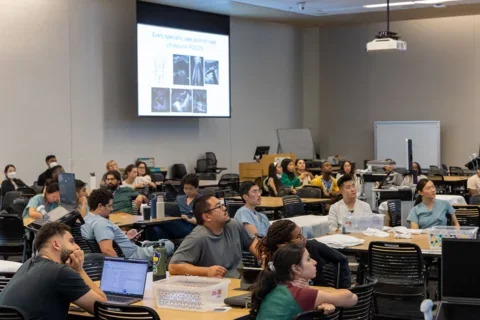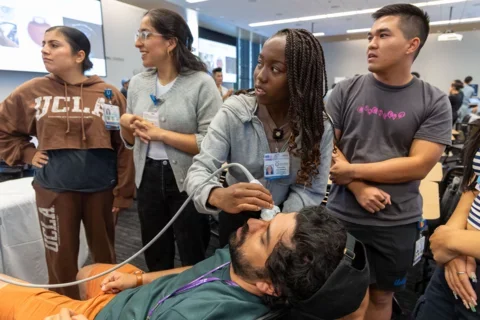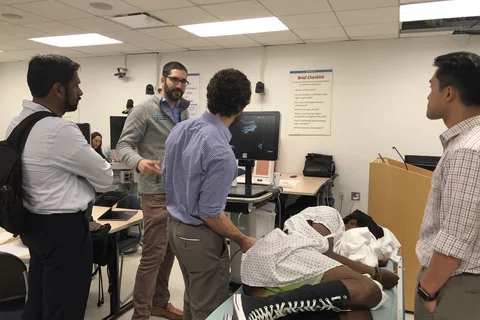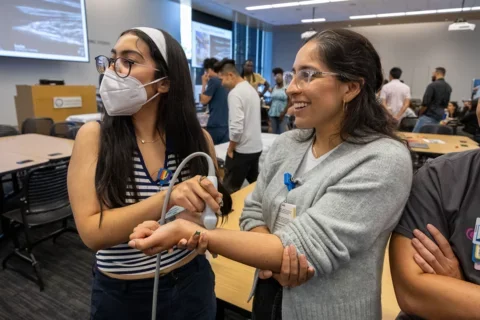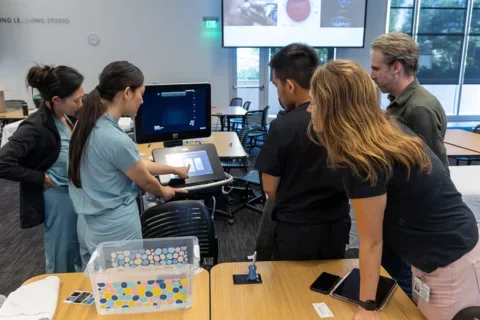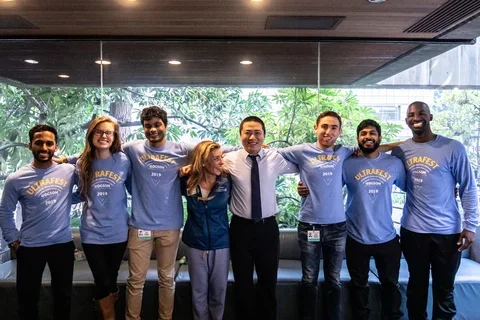POCUS Education
Enhancing clinical care across specialties
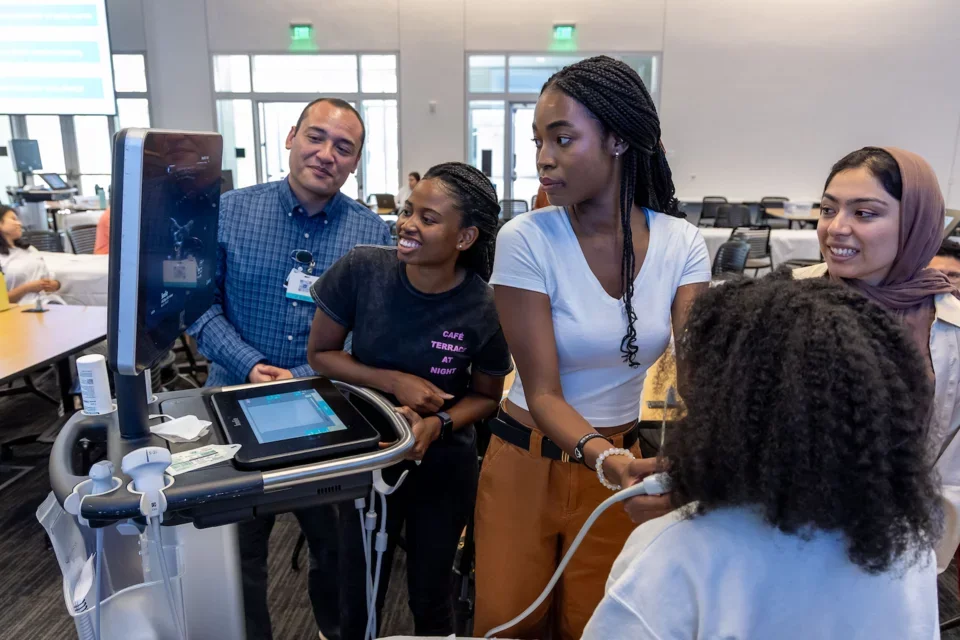
Director’s Welcome
I am delighted to serve as the inaugural Director of Ultrasound Education at DGSOM. I liken clinician-performed or point-of-care ultrasonography (POCUS) to a language, in that it takes sustained practice to use POCUS confidently, but once this is achieved, it offers practitioners innovative ways to care for their patients.
It is a relatively new language in medicine that conveys detailed information about patients’ physiology and pathology with much more precision than the traditional physical exam and plain film imaging, as well as delivering this information in real-time, at the bedside, to be shared between the physician and patient. POCUS findings can be communicated between specialties, leading potentially to expedited care, as well as reductions in testing and wait times. In addition, medical procedures incorporating ultrasound guidance have proven to be safer and with increased patient satisfaction than traditional “blind” procedures.
The language of POCUS is becoming rapidly adopted in medicine, with specialties like anesthesiology, obstetrics and gynecology, radiology, and emergency medicine providing POCUS training to their residents, with many more specialties starting to implement POCUS in their clinical training. While each specialty has adopted a particular set of POCUS applications for their clinical practice and patient population, all specialties share a common foundation of POCUS skills and knowledge.
Providing this foundation is the core objective of the DGSOM Ultrasound longitudinal curriculum, which will engage each student in four years of continued training and practice of POCUS. Over the past decade, leading medical educators, POCUS experts from multiple specialties, as well as student leaders in POCUS have worked together to develop this innovative curriculum at DGSOM. In Phase One, POCUS sessions are integrated into the FoP/SFM curricula to enhance understanding of anatomy, physiology, as well as traditional physical exam skills. In Phase Two, clerkships will introduce core POCUS skills to medical students, both on the wards as well as during Intersession weeks. Phase 3 will allow students to further refine their POCUS skills as well as to develop into POCUS peer educators in our Discovery Training in Medical Education and Practice Program. Students in their final year at DGSOM, as they begin to choose residency training, will be able to explore specialty-specific ultrasound electives along with participating in intensive week-long courses with POCUS that will prepare them for residency training.
Thank you for your interest in POCUS education. Please do not hesitate to contact me if you are interested in working together to advance POCUS education at DGSOM, or if you have any questions or comments.
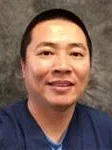
Director of Ultrasound Education at DGSOM
achiem@mednet.ucla.edu
"The language of POCUS is becoming rapidly adopted in medicine."
POCUS Program: Core Features
A core component of the DGSOM Heals curriculum, our point-of-care ultrasound (POCUS) education program teaches undergraduate medical students about ultrasound concepts, enables them to master clinical POCUS techniques, and empowers them to apply their knowledge to optimize care of their patients.
